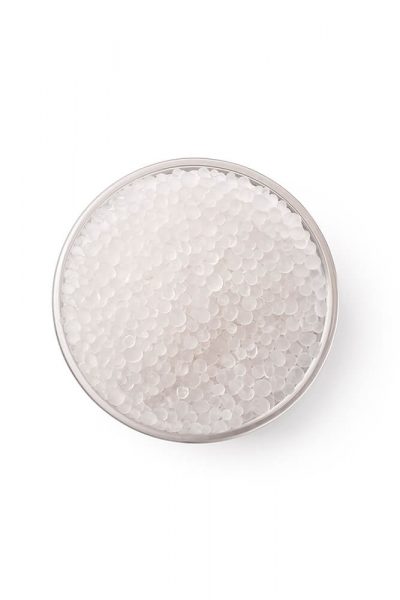- Via Emilio Ciocca 24/26 - Codogno (LO)
- info@inveniosolutions.it
Home » Raw materials » Biopolymers
Although the word biopolymer generically denotes a macromolecule of biological interest, the term now refers mainly to bioplastics characterized by a high degree of biodegradability.
Biodegradation is an irreversible natural decomposition process, resulting in a complete change in the properties and structure of the original material. Once biodegradation comes to an end, the starting substances will have been transformed into their basic chemical elements: water, carbon dioxide and mineral salts.
Under natural environmental conditions, biodegradable materials decompose by the action of biological agents such as bacteria, plants, animals and other factors, such as the sun and water.
Biopolymers fall into three categories:

Polylactic acid has been known since 1932. It is synthesized on an industrial scale from lactic acid, which in turn can be produced through bacterial fermentation of corn, wheat, sugarcane or waste materials from agricultural processing, which contain starch.
It is a biocompatible material, meaning that it has no harmful effects on the organism with which it comes into contact. It also boasts optical, mechanical, thermal and barrier properties comparable to those of conventional plastics such as PP, PS and PET.
Polyhydroxyalkanoates (PHAs) are linear, thermoplastic, nonwater-soluble, biodegradable and biocompatible polyesters synthesized through bacterial fermentation of sugars or chemical synthesis.
Some polyhydroxyalkanoates have characteristics similar to polypropylene, others to those of low-density polyethylene. Among PHAs, the most widely used polymer is polyhydroxybutyrate (PHB): it was discovered in the 1920s as granules inside bacteria, which store it as an energy source in response to physiological stress.


Polyvinyl alcohol (PVOH) is a synthetic organic polymer composed of repeated units of the monomer of vinyl alcohol, and obtained indirectly by alkaline hydrolysis of polyvinyl acetate (PVA).
During the chemical synthesis stage, monitoring factors such as molecular weight, amount of cross-linking, and degree of hydrolysis makes it possible to control the physical properties of the PVOH molecules to be obtained: strength, brittleness, water solubility, and others.
Polyvinyl alcohol is a water-soluble, oil- and solvent-resistant polymer that is totally biodegradable and rapidly dissolves.
Fill out the form to receive more information about Invenio
2021 © Invenio Srl | Via Emilio Ciocca 24/26 – Codogno (LO), Italy – VAT No. 11306580967 | info@inveniosolutions.it |
Privacy Policy |
Cookie policy |
Design by A2 Lab
2021 © Invenio Srl | Via Emilio Ciocca 24/26 – Codogno (LO), Italy – VAT No. 11306580967 | info@inveniosolutions.it |
Privacy Policy |
Cookie policy |
Design by A2 Lab
2021 © Invenio Srl
Via Emilio Ciocca 24/26 – Codogno (LO), Italy
VAT No. 1130650967 | info@inveniosolutions.it
Privacy Policy
Design by A2 Lab
2021 © Invenio Srl
Via Emilio Ciocca 24/26 – Codogno (LO), Italy
VAT No. 1130650967 | info@inveniosolutions.it
Privacy Policy | Cookie Policy
Design by A2 Lab